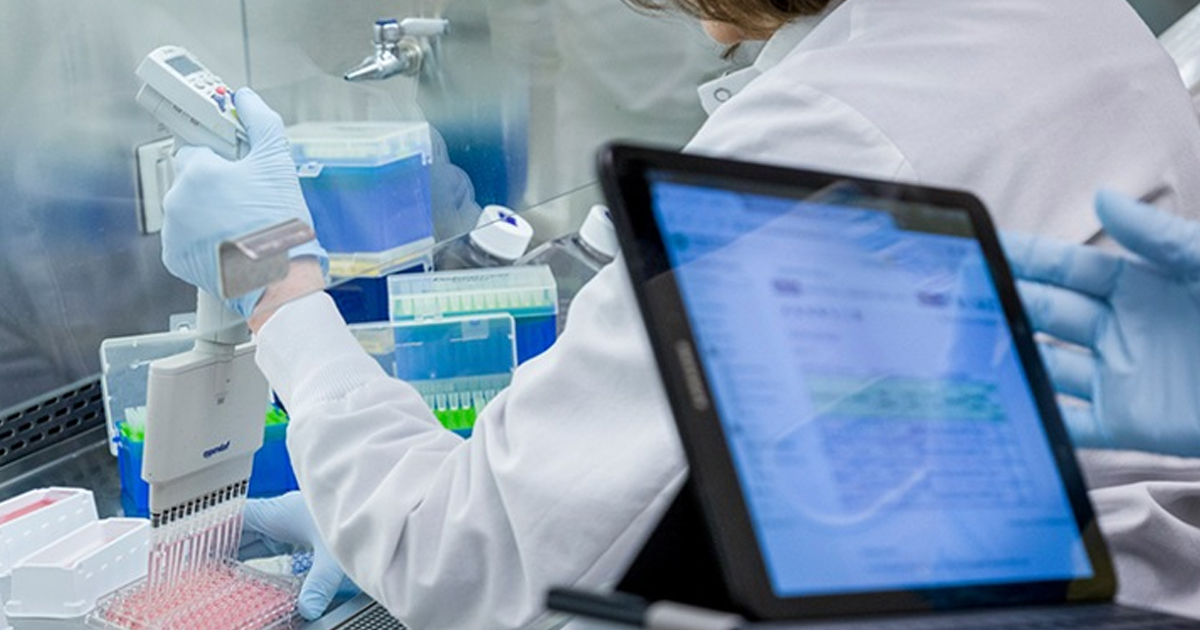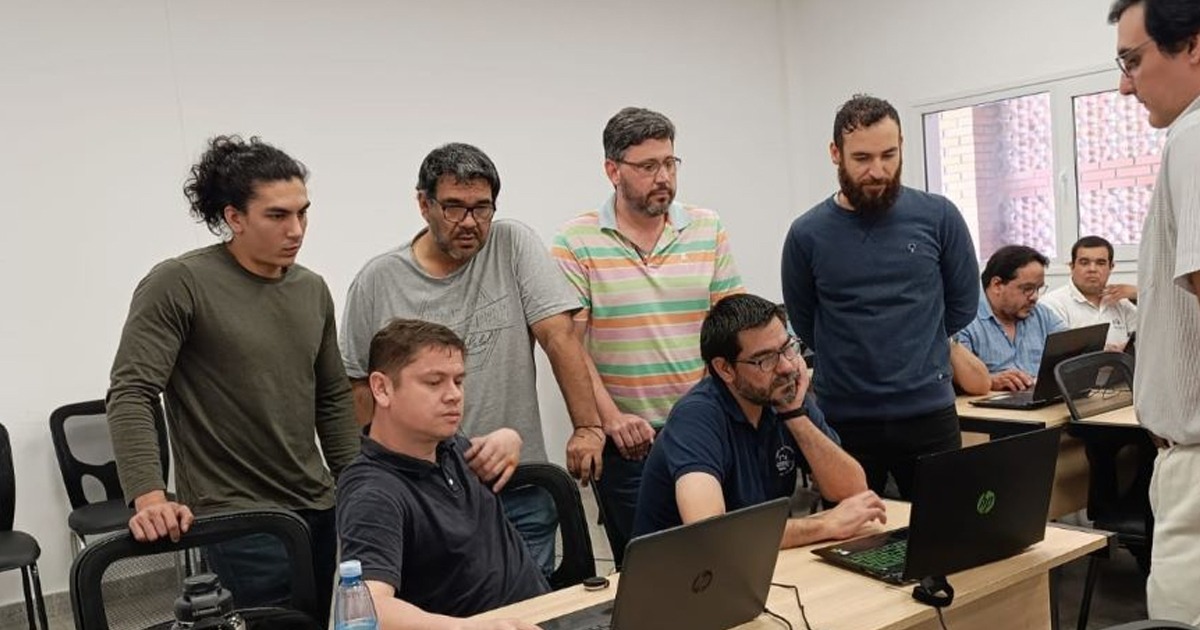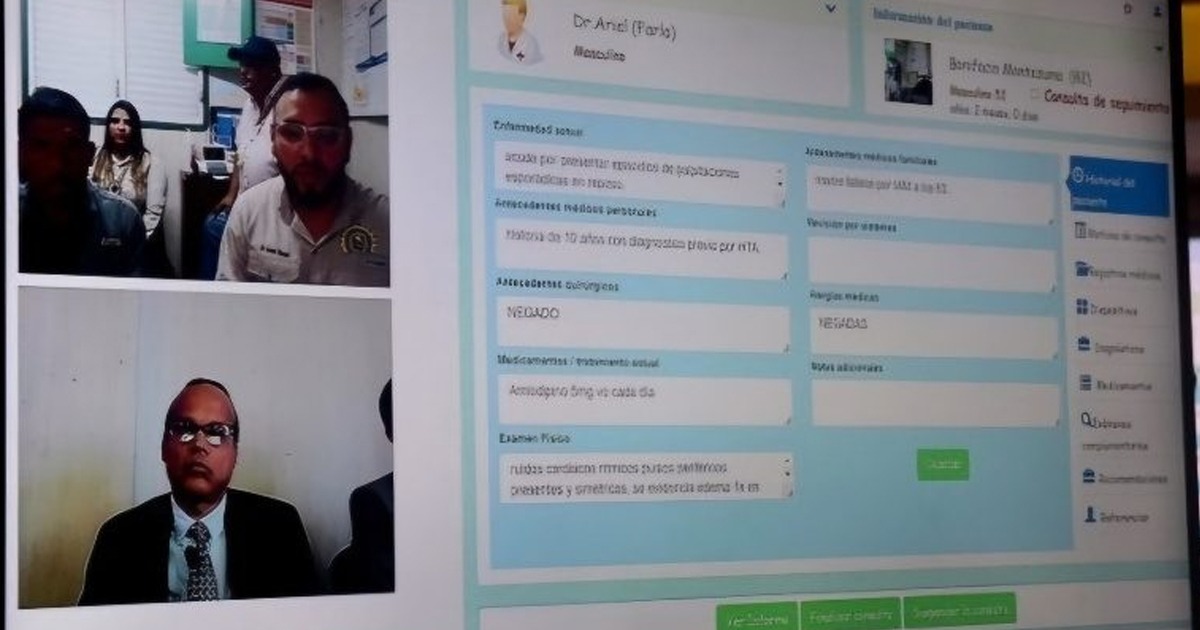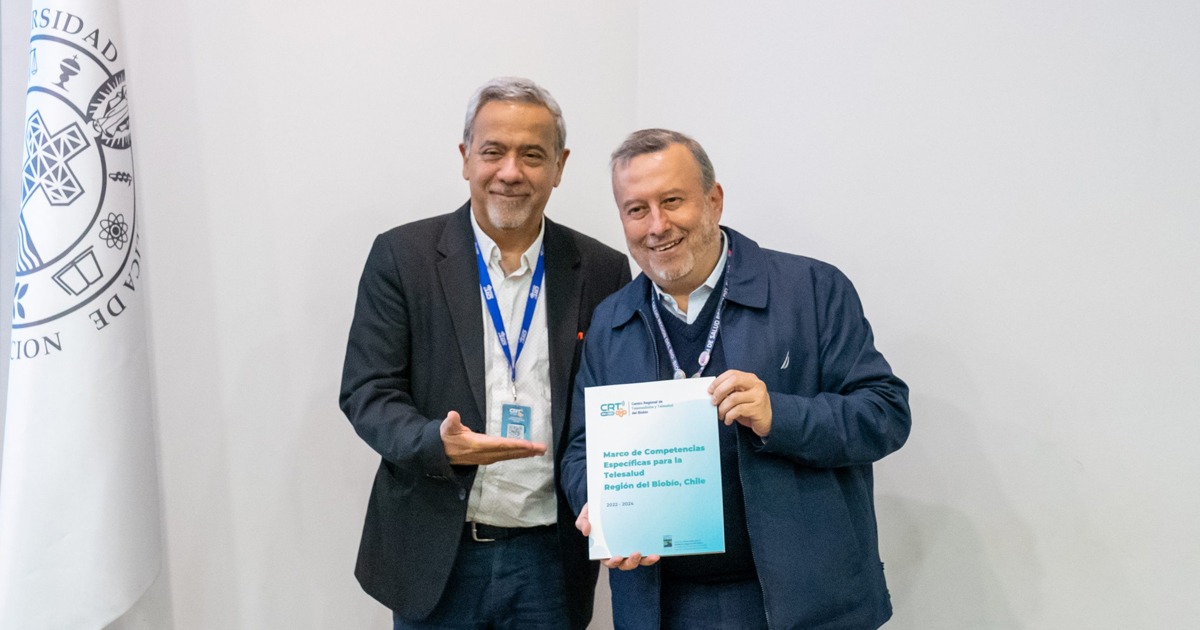Artificial Intelligence (AI) has become one of the new tools for the discovery and development of drugs and therapies.
The pharmaceutical company Novo Nordisk and Microsoft have established a new strategic collaboration agreement that seeks to enhance Microsoft's computing services, cloud-based technology and Artificial Intelligence (AI) and the development and capacity of data science for the discovery of new Novo Nordisk medicines. Microsoft will provide AI technology and the expertise of its specialists, who will work with data scientists from the pharmaceutical company.
“We are very excited about this new partnership that allows us to work closely with key Microsoft experts as we look to expand our AI and digital science capabilities,” said Lars Fogh Iversen, senior vice president of Digital Science and Innovation at Novo Nordisk. . He also explained that they are on the ideal path to promote a faster and more scalable deployment of AI in drug discovery.

On the other hand, Vijay Mital, Corporate Vice President of Architecture and AI Strategy. in the Technology and Research division of Microsoft, explained that to achieve these types of advances, AI must learn from all kinds of valuable information, which will require close collaboration between multiple disciplines.
The AI models developed through this collaboration will be applied in various cases. Even some have already started their execution and development. One of the models aims to automatically summarize and analyze information from literature, patents, scientific reports, discussion forums, to obtain valuable and scientifically relevant information.
Likewise, another of the models seeks to develop new models that can predict a person's risk of developing atherosclerosis. Similarly, AI can be used to identify biomarkers of disease.
Both parties expect the collaboration to last for several years, with new projects starting on an ongoing basis thanks to the adoption of a new approach that will feature an AI platform for training multiple sets of models.





